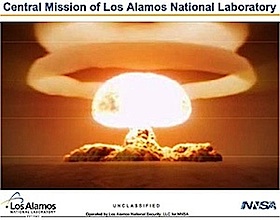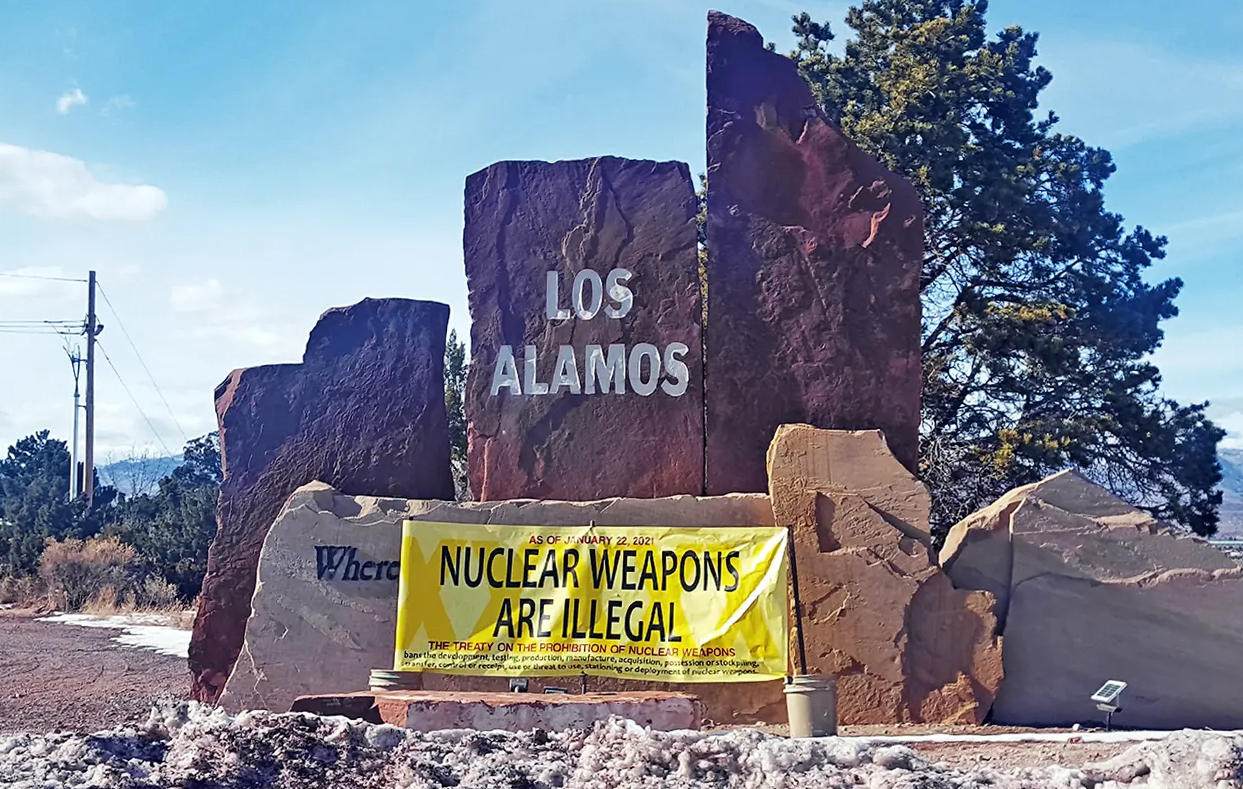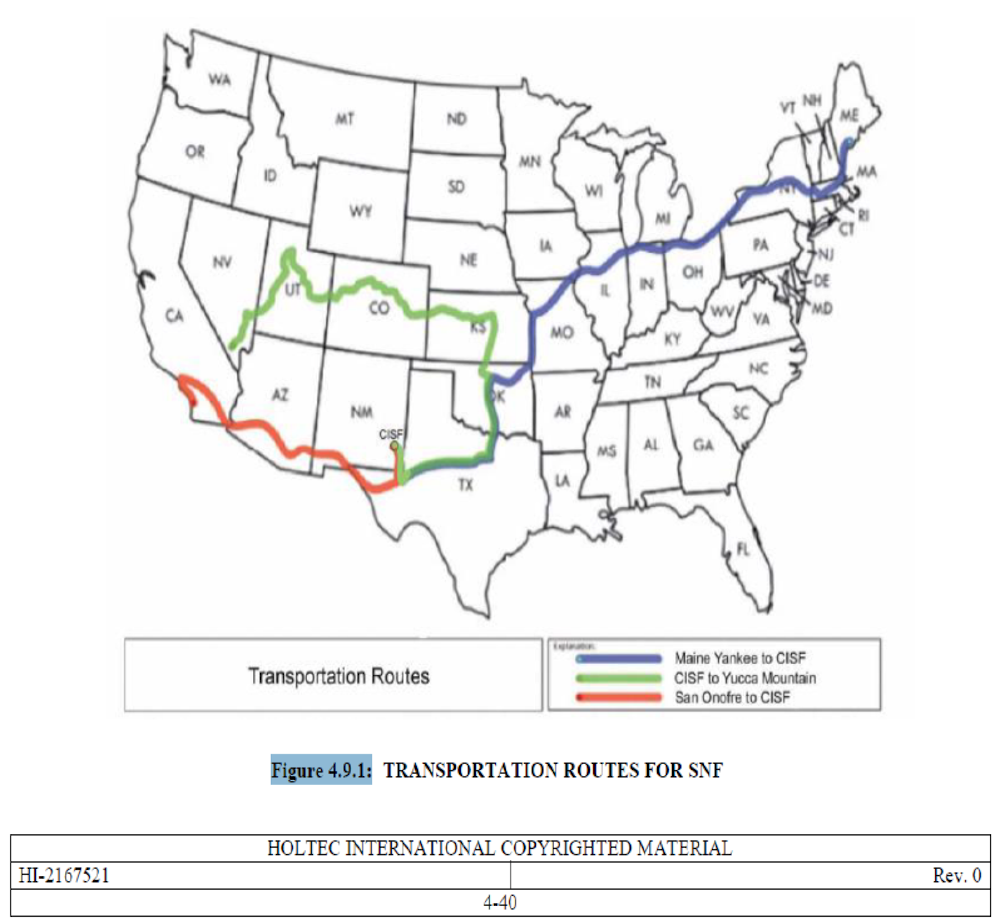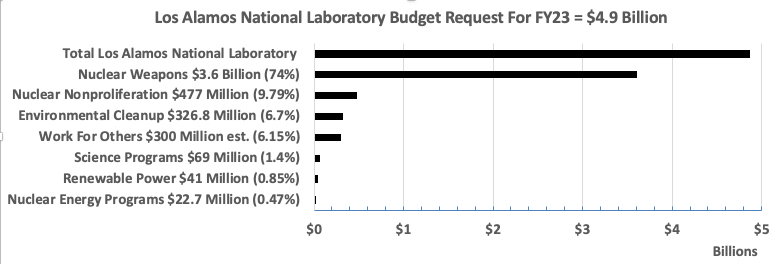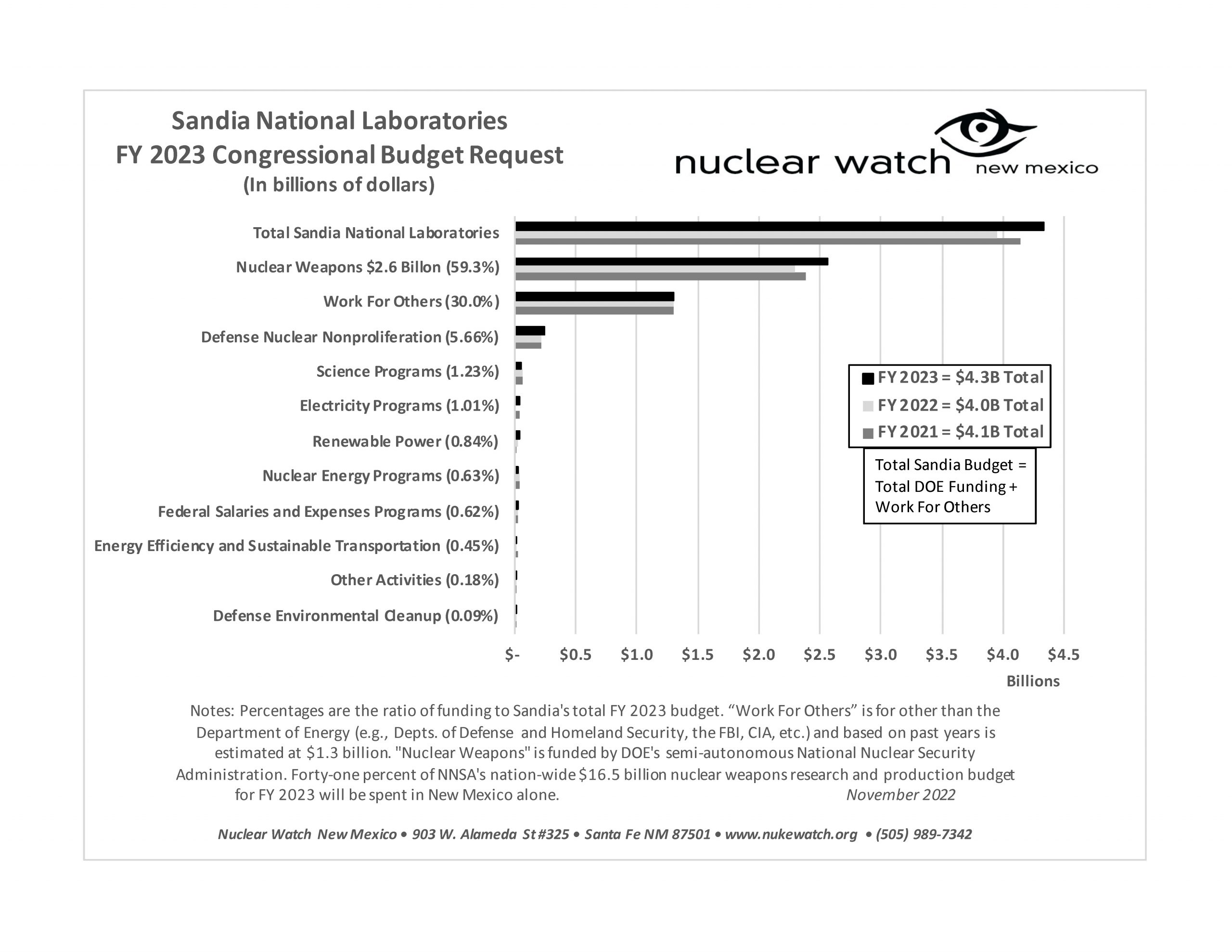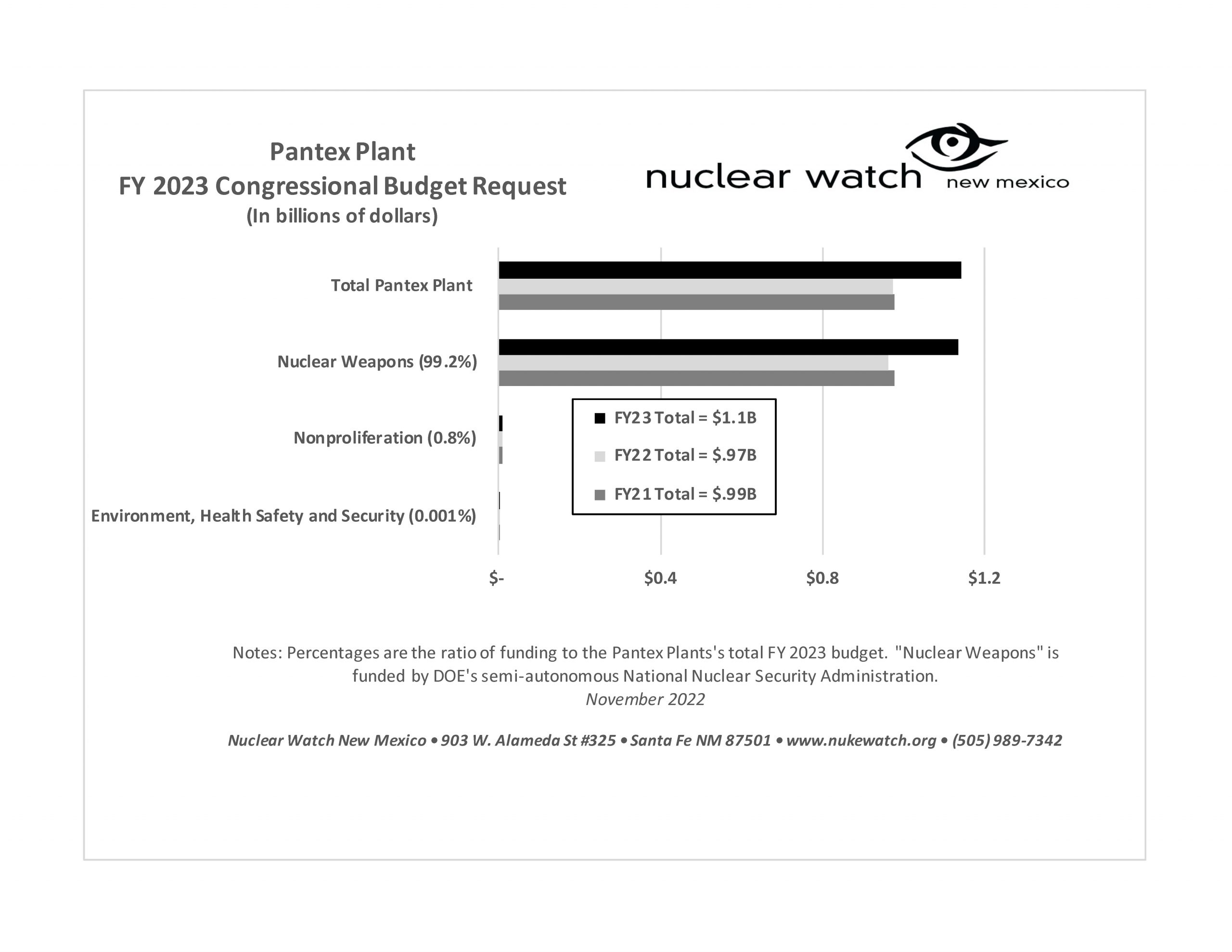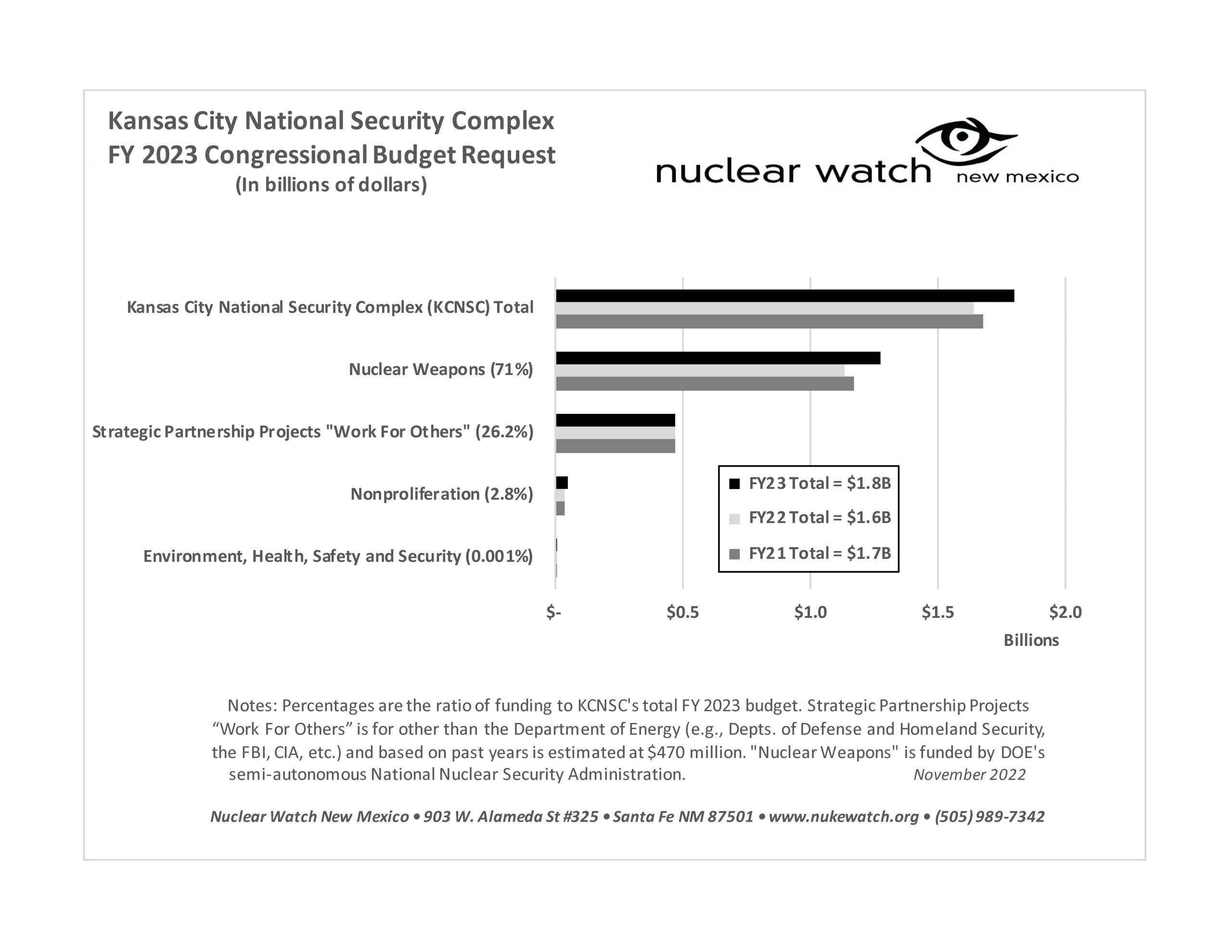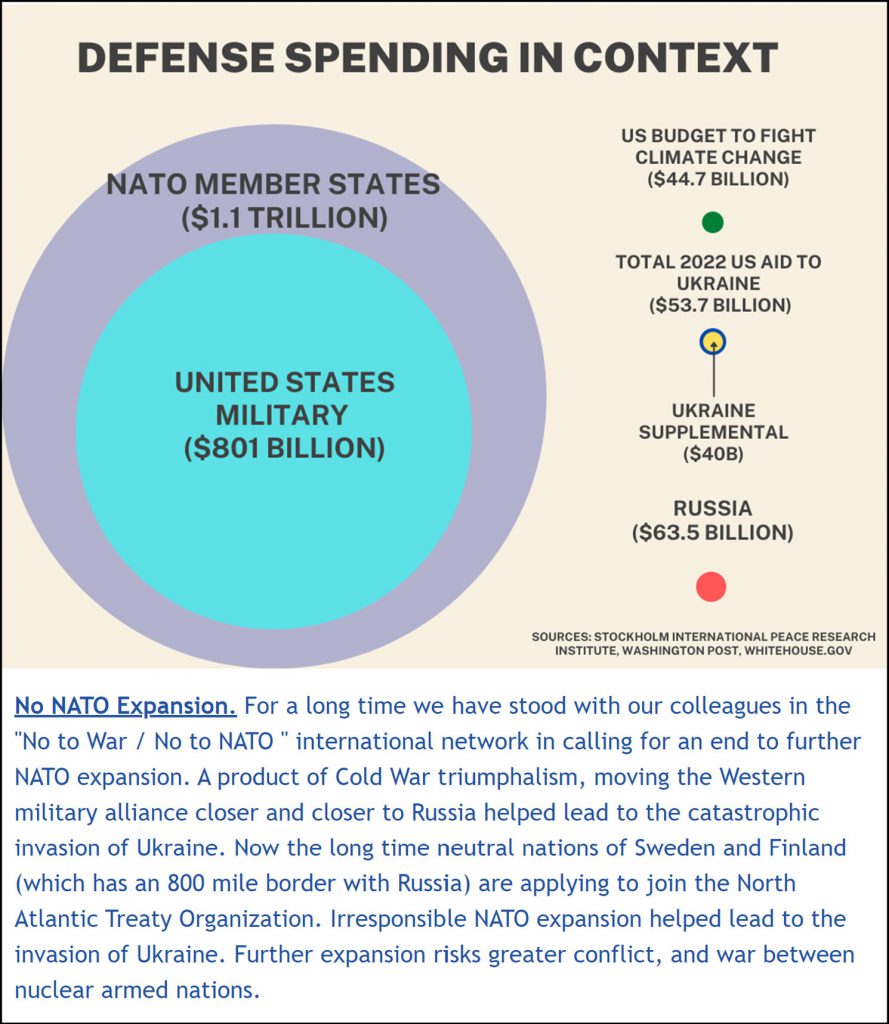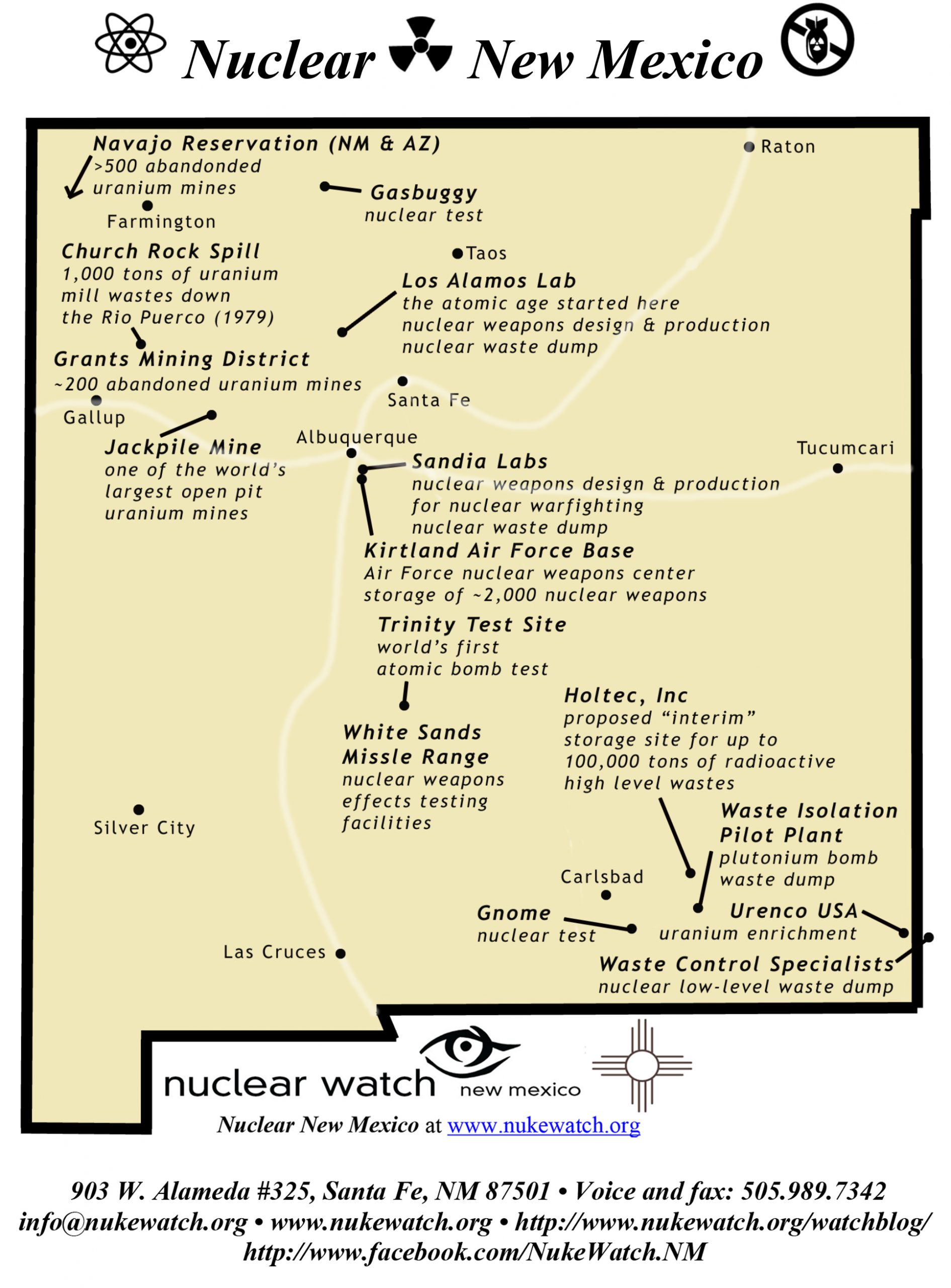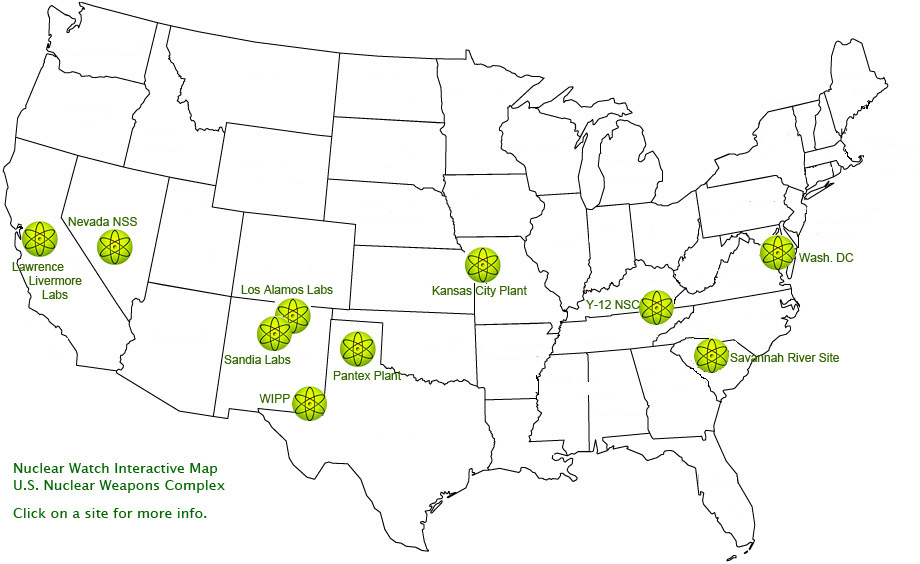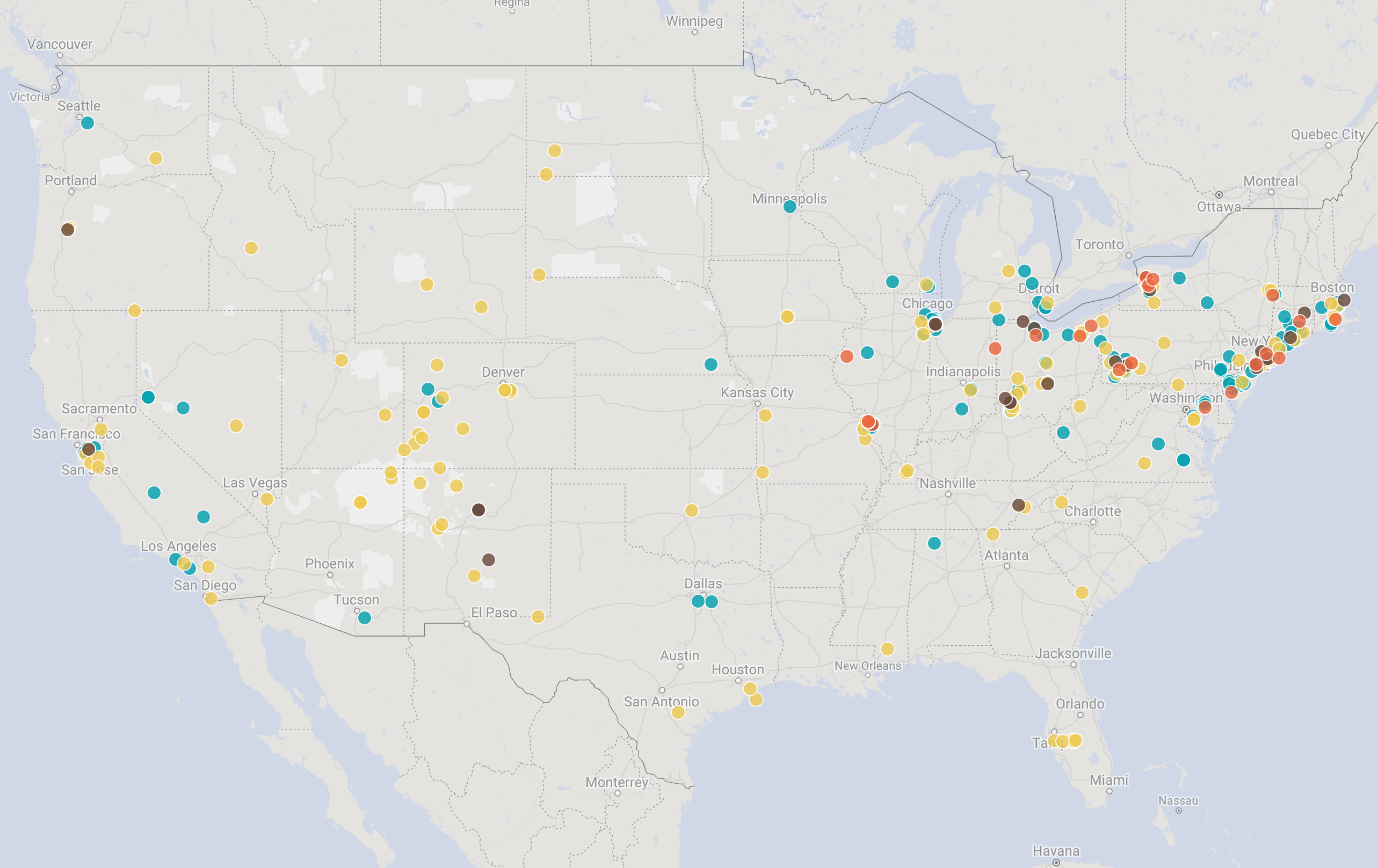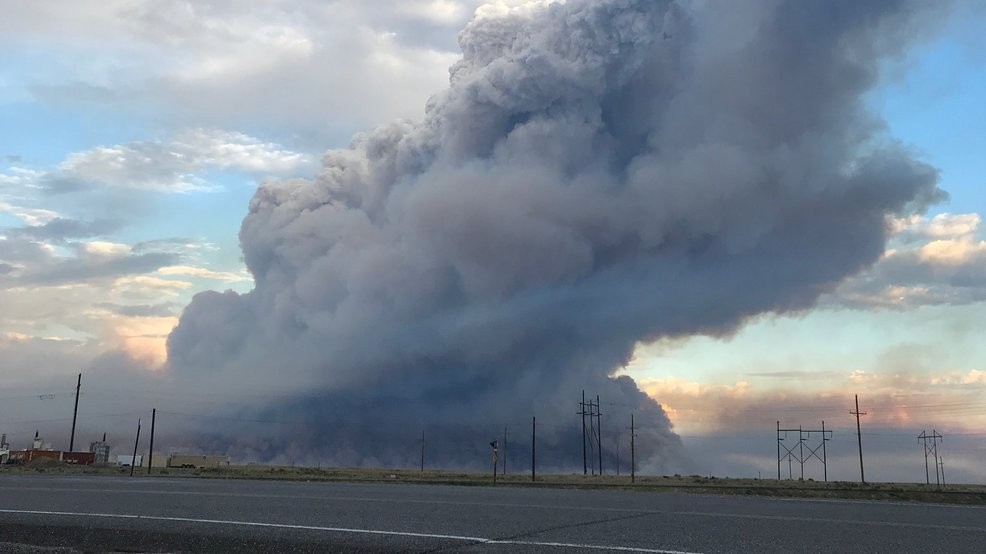QUOTE OF THE WEEK
Nothing Found
It seems we can’t find what you’re looking for. Perhaps searching can help.
LANL’s Central Mission: Los Alamos Lab officials have recently claimed that LANL has moved away from primarily nuclear weapons to “national security”, but what truly remains as the Labs central mission? Here’s the answer from one of its own documents:
LANL’s “Central Mission”- Presented at: RPI Nuclear Data 2011 Symposium for Criticality Safety and Reactor Applications (PDF) 4/27/11
Banner displaying “Nuclear Weapons Are Now Illegal” at the entrance in front of the Los Alamos National Lab to celebrate the Entry Into Force of the Nuclear Weapon Ban Treaty on January 22, 2021
Nothing Found
It seems we can’t find what you’re looking for. Perhaps searching can help.
Follow the Money!
Map of “Nuclear New Mexico”
Nuclear Watch Interactive Map – U.S. Nuclear Weapons Complex
In 1985, US President Ronald Reagan and and Russian President Mikhail Gorbachev declared that “a nuclear war cannot be won and must never be fought.”
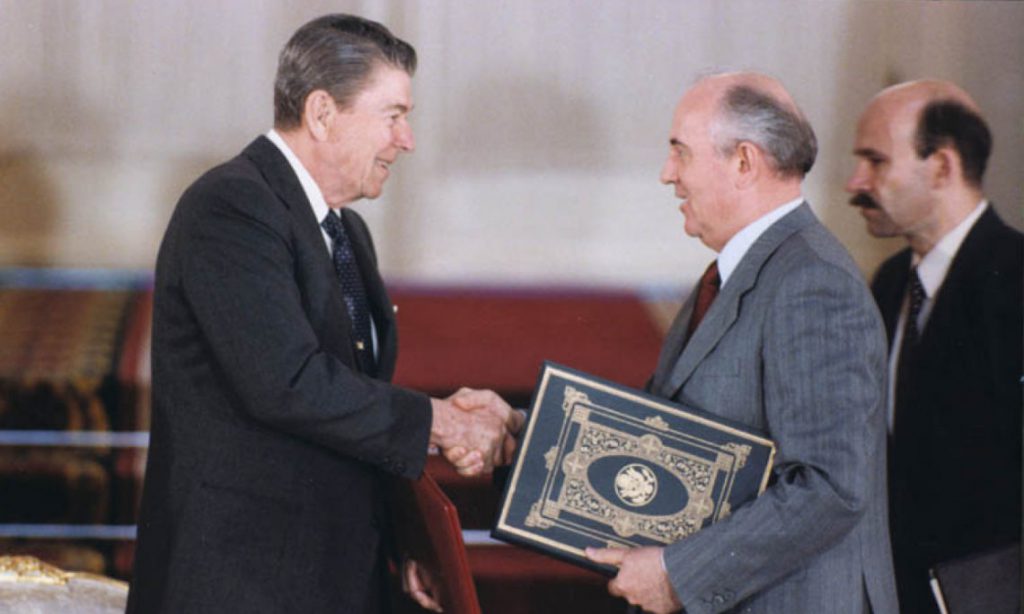
Waste Lands: America’s Forgotten Nuclear Legacy
The Wall St. Journal has compiled a searchable database of contaminated sites across the US. (view)
Related WSJ report: https://www.wsj.com
2022 BLOG POSTS
Nothing Found
It seems we can’t find what you’re looking for. Perhaps searching can help.
New & Updated
Thank you to those who submitted comments in the NNSA’s EIS “scoping” for the proposed Plutonium Bomb Plant (PBP) at the Savannah River Site. The PBP remains unauthorized and unfunded.
“Despite requests by many, NNSA denied extending the comment period. Though the comment period ended on July 25, there is still time to submit late comments. (See Federal Register notice of June 10.)
Special thanks are due to the experts at Nuclear Watch New Mexico, Tri-Valley CAREs and the Oak Ridge Environmental Peace Alliance (OREPA) for submitting extensive comments pertaining to the question of “need” for new pits for new nuclear weapons.
It is of note that we enlisted groups that don’t traditionally work on nuclear weapons or DOE issues to engage the scoping process, including the South Carolina Chapter of the Sierra Club, Conservation Voters of South Carolina and the League of Women Voters of South Carolina. Plus, there were a flurry of individual comments in the last few days.
Comments included the lack of need for new pits for the W87-1-style warhead, the issue of pit reuse and the need for a “nuclear non-proliferation risk assessment” on the production of new pits for new nuclear weapons.
Sheep Fire Burns on Idaho National Laboratory Land
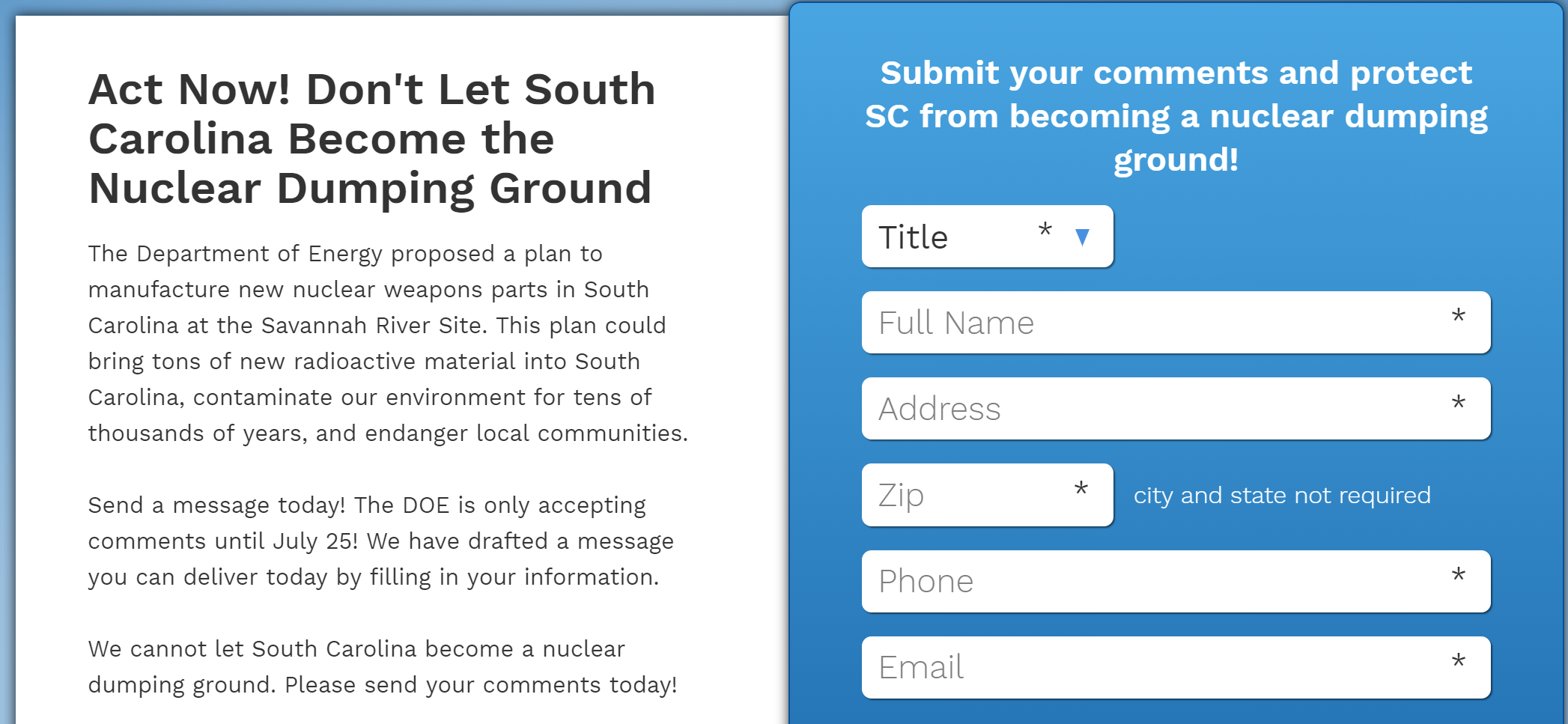
Listen and subscribe to Press the Button, a weekly podcast from Ploughshares Fund dedicated to nuclear policy and national security.
July 22 — This episode features Alex Wellerstein, historian of science at the Stevens Institute of Technology and creator of NUKEMAP – a website that allows you to simulate the effects of a nuclear weapons anywhere in the world. He talks in depth about the decision to drop the Bomb on Hiroshima and Nagasaki, on the effectiveness of nuclear deterrence, on the debate about the Bomb’s use after Trinity and much more.
Also featuring a guest appearance by WAND’s Caroline Dorminey.
Listen, Subscribe and Share on iTunes · Spotify · SoundCloud · Google Play
Also available on ploughshares.org/pressthebutton
In Budget Deal, White House And Congress Overpay For The Pentagon
The newly proposed two-year budget deal between the White House and Congress has one major flaw. It vastly overpays for the Pentagon.
At $738 billion for Fiscal Year 2020 and $740 billion for Fiscal Year 2021, the agreement sets the table for two of the highest budgets for the Pentagon and related work on nuclear warheads at the Department of Energy since World War II. The proposed figures are higher than spending at the height of the Vietnam and Korean Wars, and substantially more than the high point of the Reagan buildup of the 1980s. And the Fiscal Year 2020 and Fiscal Year 2021 numbers are only slightly less than spending in 2010, when the United States had 180,000 troops in Iraq and Afghanistan, roughly nine times the number currently deployed.
A Path Toward Renewing Arms Control
LAWRENCE J. KORB | thebulletin.org
At the late June G-20 meeting in Osaka, Japan, US President Trump and Russian President Putin met to discuss a number of issues, including Iran, Syria, Venezuela, Ukraine, and arms control. While all of these are important, none is more urgent at the current time than arms control because we are on the brink of a new arms race that could be an existential threat not only to these two nuclear super powers but to humanity.
Fewer Inspections for Aging Nuclear Plants, Regulators Propose
BY CORAL DAVENPORT | nytimes.com
WASHINGTON — A new report by staff members of the Nuclear Regulatory Commission, which oversees the safety of the nation’s 59 aging nuclear power plants, recommends that the commissioners significantly weaken or reduce safety inspections of the plants.
Edwin Lyman, the acting director of nuclear safety programs for the Union of Concerned Scientists, was highly critical of the proposal. “That’s bad because it could impair the ability of the N.R.C. to see larger patterns of violations at a plant,” he said, and called the proposal “a PR stunt. They’re doing it to make these things sound better.”
The report, published Tuesday, comes after a yearlong consultation and public meeting process, including views from the Nuclear Energy Institute, which lobbies on behalf of the nuclear power plant industry and has long sought weaker safety rules. It also comes amid a broader push by the Trump administration for reduced regulations on industry.
When Radioactive Wastes Aren’t Radioactive Wastes
With Congress Limiting What Can Be Dumped at Nuke Sites, the Energy Department May Just Redefine What It’s Dumping
JILLIAN S. AMBROZ. | dcreport.org
The U.S. Department of Energy wants to redefine what constitutes high-level radioactive waste, cutting corners on the disposal of some of the most dangerous and long-lasting waste byproduct on earth—reprocessed spent fuel from the nuclear defense program.
The agency announced in October 2018 plans for its reinterpretation of high-level radioactive waste (HLW), as defined in the Nuclear Waste Policy Act (NWPA) of 1982, with plans to classify waste by its hazard level and not its origin. By using the idea of a reinterpretation of a definition, the DOE may be able to circumvent Congressional oversight. And in its regulatory filing, the DOE, citing the NWPA and Atomic Energy Act of 1954, said it has the authority to “interpret” what materials are classified as high-level waste based on their radiological characteristics. That is not quite true, as Congress specifically defined high-level radioactive waste in the Nuclear Waste Policy Act, and any reinterpretation of that definition should trigger a Congressional response.
Lawmaker: Expand compensation from nuclear weapons testing
Original Article: apnews.com | BY SUSAN MONTOYA BRYAN
ALBUQUERQUE, N.M. (AP) — A compensation program for those exposed to radiation from years of nuclear weapons testing and uranium mining would be expanded under legislation that seeks to address fallout across the western United States, Guam and the Northern Mariana Islands.
U.S. Rep. Ben Ray Lujan rolled out the measure Tuesday on the 74th anniversary of the Trinity Test.
As part of the top-secret Manhattan Project, government scientists and the U.S. military dropped the first atomic bomb in the New Mexico desert in 1945. Nearly 200 atmospheric tests followed. Uranium mining persisted even after the tests ceased.
The Pentagon has more money than it can spend. Both Democrats and the GOP are to blame.
“To save taxpayer money and increase U.S. national security, the first step must be to reconceptualize U.S. strategy. That means abandoning the military-first approach that has governed U.S. security policy during this century.”
ARTICLE BY BEN FREEMAN & WILLIAM D. HARTUNG | newsweek.com
The bid from the Republican controlled Senate is $750 billion. The just passed bid from the Democratic controlled House is $733 billion. Both have radically overbid on the price of the Pentagon.
The real cost of the prize that is America’s security is significantly lower than what either party is currently bidding. As the Sustainable Defense Task Force—a group of ex-military officers, former White House and Congressional budget experts, and non-governmental analysts convened by the Center for International Policy which we co-chair—has found, America can be made more secure through less, not more, Pentagon spending. This is possible by rethinking U.S. defense strategy, taking a sober and fact-based assessment of the enormous amount of money already flowing to the Pentagon, and rigorously cutting waste and inefficiencies from the Pentagon bureaucracy.
Listen and subscribe to Press the Button, a weekly podcast from Ploughshares Fund dedicated to nuclear policy and national security.
July 15 — In this episode, Michelle Dover, Abigail Stowe-Thurston and Tom Collina deliver a wonderful, incisive news segment summarizing the major gains and debates in the NDAA (and how the Kardashians are getting involved in nuclear issues!).
Suzanne DiMaggio is featured delving deep into the dynamics of the crises with Iran and North Korea. Suzanne also presents her powerful rationale for the new Quincy Institute, where she is chair of the board.
“Looking at the catastrophic failures in foreign policy over the past decades, it is clearly time for something new,” Suzanne says, “The times demand it…We have to change the narrative in this town.”
Listen, Subscribe and Share on iTunes · Spotify · SoundCloud · Google Play
Also available on ploughshares.org/pressthebutton
Zakaria: The cancerous consensus in today’s politicized Washington
The United States’ defense budget is out of control, lacking strategic coherence, utterly mismanaged, ruinously wasteful and yet eternally expanding… “We never expected to pass [a financial audit],” admitted then-Deputy Defense Secretary Patrick Shanahan.
BY FAREED ZAKARAIA | trib.com
You often hear that in these polarized times, Republicans and Democrats are deadlocked on almost everything. But the real scandal is what both sides agree on. The best example of this might be the defense budget. Last week, the Democratic House, which Republicans say is filled with radicals, voted to appropriate $733 billion for 2020 defense spending. The Republicans are outraged because they — along with President Trump — want that number to be $750 billion. In other words, on the largest item of discretionary spending in the federal budget, accounting for more than half of the total, Democrats and Republicans are divided by 2.3 percent. That is the cancerous consensus in Washington today.
America’s defense budget is out of control, lacking strategic coherence, utterly mismanaged, ruinously wasteful and yet eternally expanding.
Lindsey Graham joins legal fight to restart SC nuclear fuel plant (MOX)
U.S. Sen. Lindsey Graham is urging the nation’s highest court to take up what appears to be South Carolina’s final push to resuscitate a shuttered nuclear facility at the Savannah River Site and bolster federal rules tied to plutonium processing and long-term storage.
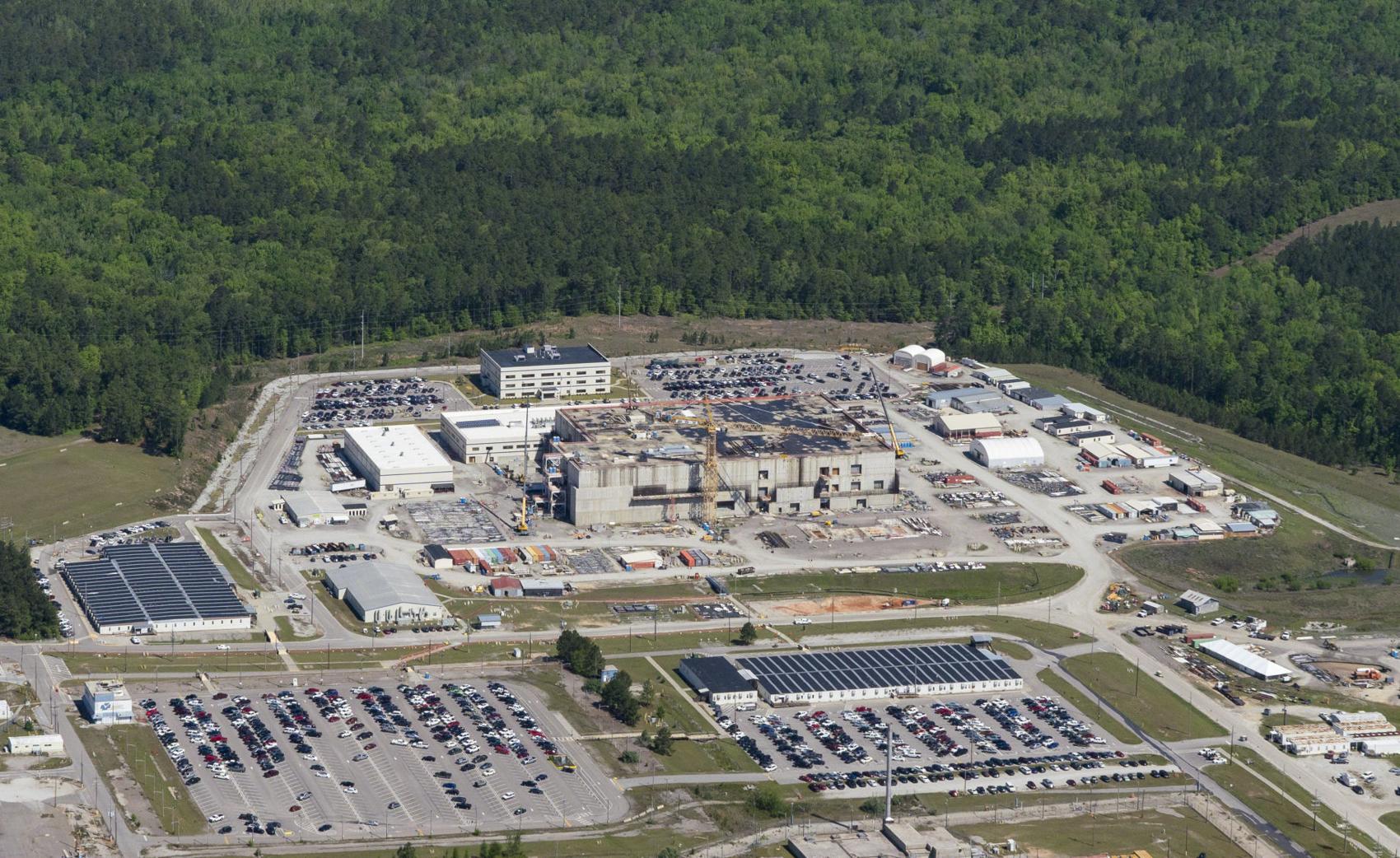
BY COLIN DEMAREST | postandcourier.com
Graham, a South Carolina Republican who chairs the Senate Judiciary Committee, argues that the federal government walked away from its obligation to address the plutonium stored in the Palmetto State. He addressed these concerns in a brief filed July 11 with the U.S. Supreme Court.
“The federal government previously made legally binding commitments to the state of South Carolina in recognition of its sovereign status and its proprietary interests,” Graham argued in the brief. “It has now breached those commitments, causing injury to the state that a court may redress.”
The brief describes Graham as “personally familiar” with the matters at hand and profoundly interested in the federal government’s promises to the state, which he was involved in negotiating.
ACTION ALERTS
Nothing Found
It seems we can’t find what you’re looking for. Perhaps searching can help.
Nothing Found
It seems we can’t find what you’re looking for. Perhaps searching can help.
Interfaith Panel Discussion on Nuclear Disarmament - August 9
Nothing Found
It seems we can’t find what you’re looking for. Perhaps searching can help.
New Nuclear Media
Nothing Found
It seems we can’t find what you’re looking for. Perhaps searching can help.

